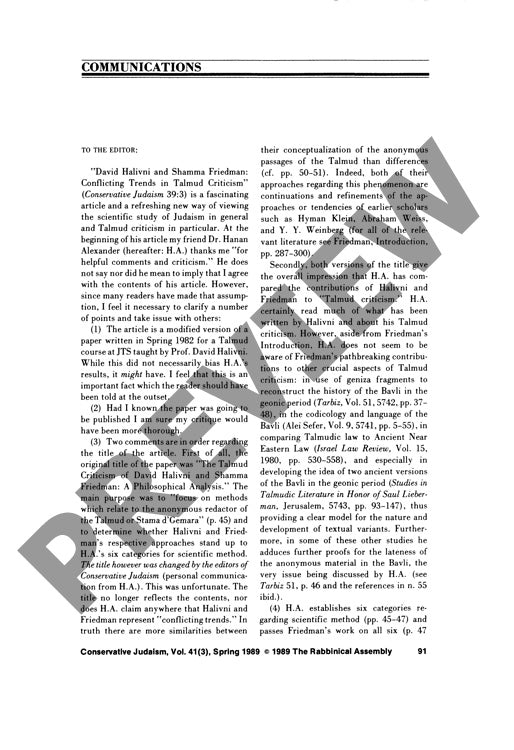Communications
Couldn't load pickup availability
Abstract This study examines scholarly communications regarding methodological approaches in Talmudic criticism, specifically analyzing the comparative assessment of David Halivni and Shamma Friedman's contributions to the field. The research focuses on methodological frameworks for studying anonymous passages in the Talmud (Stama d'Gemara) and evaluates these approaches against six established criteria for scientific method. The analysis reveals significant methodological differences between the scholars' approaches, with Friedman's fourteen-criterion framework demonstrating greater adherence to scientific principles including methodological neutrality, falsifiability, and replicability. Friedman's approach incorporates linguistic analysis, manuscript evidence, and textual variants to distinguish Amoraic material from later editorial additions, utilizing criteria such as Hebrew-Aramaic linguistic patterns, grammatical forms, and manuscript variations. The study finds that while both scholars contribute valuable insights to understanding anonymous Talmudic passages, their approaches represent refinements of earlier scholarly traditions rather than entirely conflicting methodologies. The research concludes that Friedman's systematic methodology meets established scientific criteria more comprehensively, demonstrating practical applicability across multiple Talmudic passages and gaining broader scholarly adoption. These findings contribute to ongoing discussions about methodological rigor in Talmudic scholarship and the application of scientific principles to textual criticism in Jewish studies.

More Information
-
Physical Description
-
Publication Information
Published 1989
ISBN
-
Publication Credits

